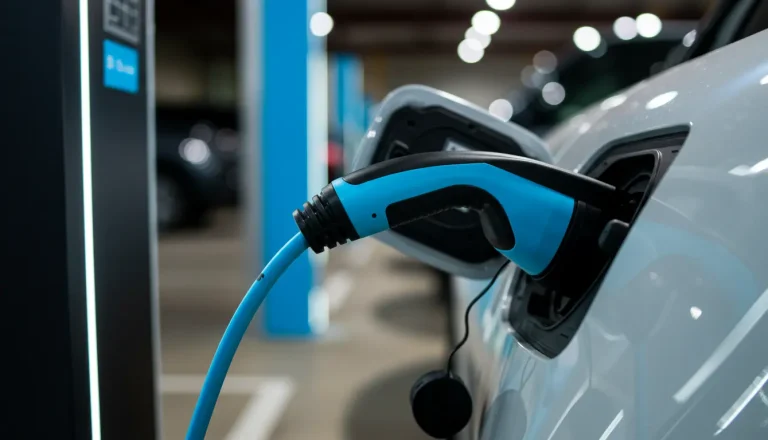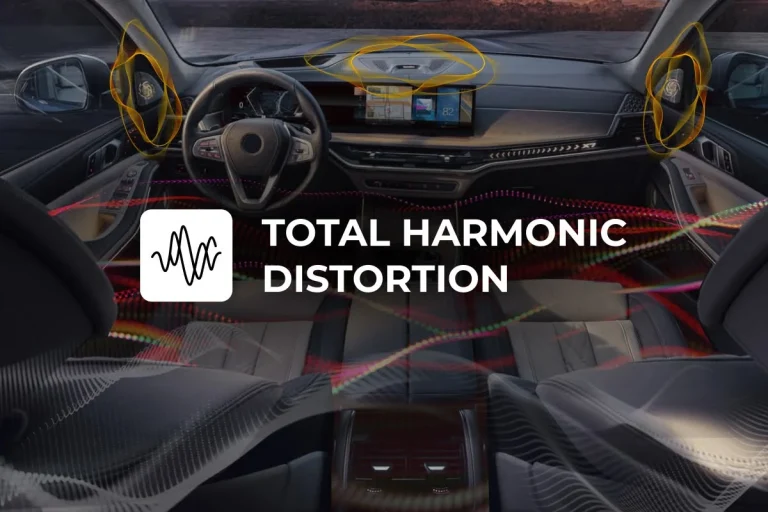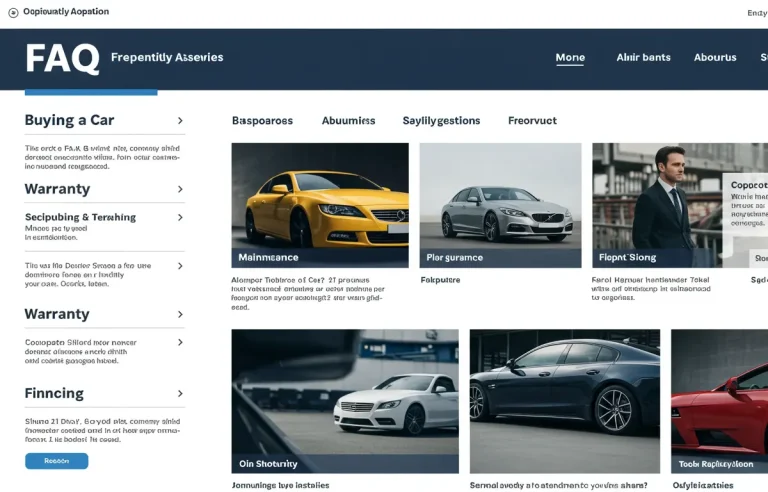The Rise of Fleet Telematics and IoT in Driver Operations
Modern fleet management thrives on interconnected technologies that constantly generate and analyze data. Telematics captures every detail of driving—speed, braking, idling, and adherence to routes become trackable metrics rather than estimates. This shift means a driver’s value is increasingly measured by actionable results instead of solely on-the-job experience. For example, optimizing fuel use and reducing harsh braking now have a direct impact on a driver’s professional record and a fleet’s bottom line.
With the Internet of Things (IoT), connectivity expands far beyond vehicle location. Sensors now monitor tire pressure, engine temperature, and cargo status, sending real-time alerts about potential issues before they become real problems. Drivers are tasked with interpreting these alerts and aligning maintenance schedules, increasing their technical and diagnostic responsibilities.
AI-powered analytics further boost decision-making. Route optimization algorithms now consider variables like live traffic and vehicle specifications to suggest efficient paths, complementing, rather than replacing, the importance of drivers’ local knowledge in day-to-day operations.

How Automation Is Changing Driver Responsibilities
Advanced Driver-Assistance Systems (ADAS) are now a noticeable presence in daily operations. European laws require new commercial vehicles to have safety features such as lane departure warnings and emergency braking systems; some advanced features like adaptive cruise control are increasingly common, though not universally mandated.
Now most drivers must monitor multiple information channels and stay ready to step in quickly when automated systems hit their limits. Alerts for blind spots, pedestrian presence, or speed compliance create an ongoing exchange between driver and machine. The real skill now lies in knowing when to rely on these systems and when to override them.
Routine paperwork is being replaced by digital processes. Smart tachographs record driving hours, rest breaks, and border crossings automatically. In many fleets, job assignments and delivery confirmations are increasingly managed through transport management apps, often accessed via tablets or smartphones. Drivers need to be comfortable working across multiple digital platforms, all while maintaining safe and efficient vehicle operation.
Key ways automation is reshaping driver workflows include:
– Digital documentation replacing manual logs, reducing paperwork and administrative burden
– Continuous real-time data flow that requires drivers to interpret alerts and updates promptly
– Dynamic scheduling and automated route planning, resulting in increased agility and operational efficiency
Cloud-based management systems with integrated telematics ensure quick updates and direct communication between dispatch and drivers, supporting more responsive workflows and minimizing manual data entry.
Supporting Drivers in the Digital Age: Training and Skill Development
Driver training has expanded far beyond the basics of commercial licensing. Leading companies now run driver academies that teach not only how to operate vehicles, but also how to manage digital systems like smart tachographs, telematics, and ADAS features. Are tech skills becoming just as vital as driving skills? Increasingly, yes.
These programs also tackle the human side of technology adoption. Seasoned drivers may need support learning to trust automated tools while staying alert and ready for unexpected scenarios. Training often includes hands-on digital interface practice, simulations of system failures, and peer mentoring, easing the transition and building confidence.
Career paths are adjusting, too. Drivers with strong technology skills can move into supervision, training, or logistics roles. This makes adapting to technology a way to advance professionally, not simply a new requirement.
Education around privacy and data protection is increasingly important. In some companies, training covers GDPR basics, what data is collected, and drivers’ rights regarding their information. This can help build trust and reduce anxiety about monitoring systems.
Practical Strategies for Implementing Fleet Tech and Empowering Drivers
Rolling out new technology works best with drivers at the center. Involving experienced drivers in choosing systems and designing interfaces through feedback sessions and pilot programs leads to better acceptance and fewer barriers at launch.
Change management goes beyond the tools themselves, it addresses culture. Gradual rollouts and flexible training schedules give drivers time to adapt based on their comfort with technology. Organizations that provide comprehensive support and respect individual learning preferences see higher adoption and improved results.
Clear communication is crucial. Drivers need to know why systems are being used, whether monitoring is intended for feedback or enforcement, and how data may impact employment. Transparency builds confidence and prevents rumors.
Reliable technical support is non-negotiable. Help desks, clear documentation, and backup procedures for critical tech failures ensure drivers can stay productive even when something goes wrong.
The future of fleet operations belongs to those who can integrate advanced technologies with human expertise. Drivers willing to master new tools have wider career opportunities ahead, while organizations that blend innovation with support will see stronger performance and retention across their teams. Trusted providers like Areacontrol offer scalable technology solutions aimed at supporting fleets and their drivers as they transition to digital fleet management.






